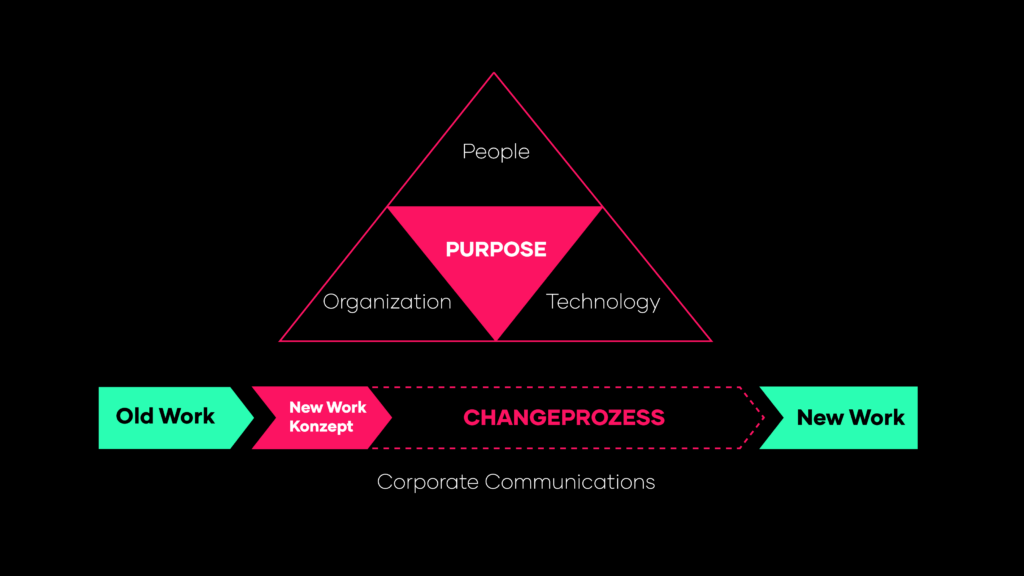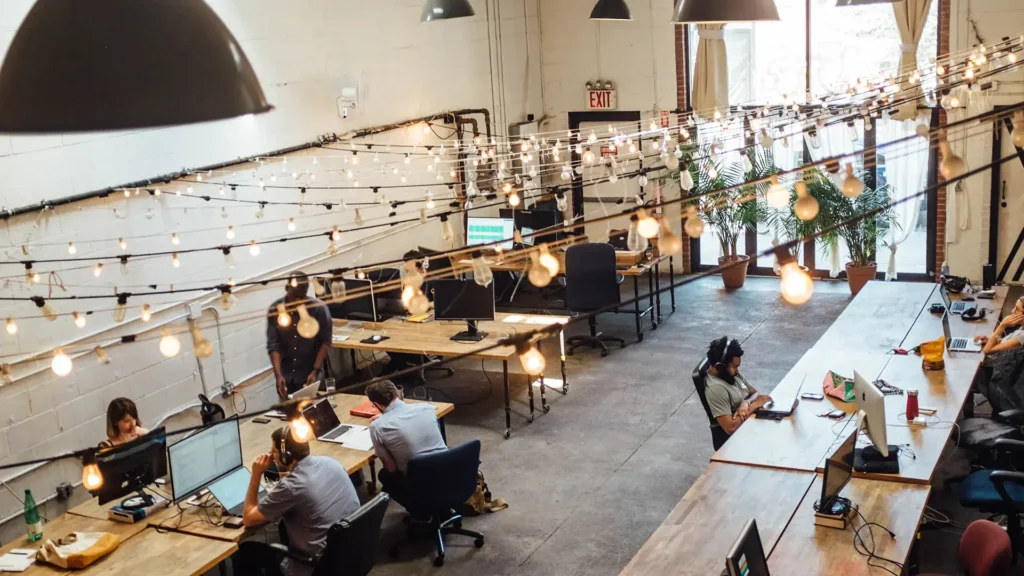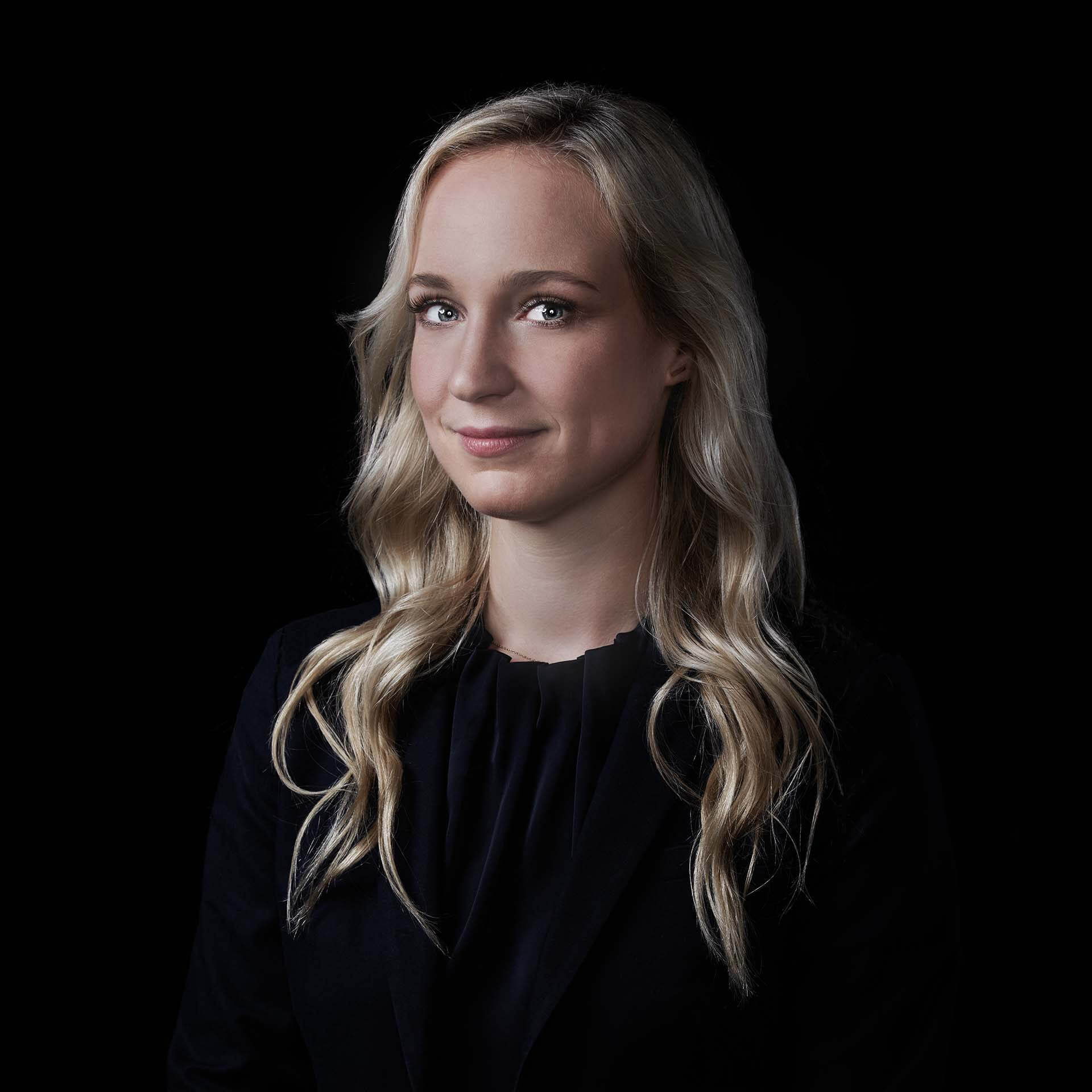“New Normal” – Our working world after the crisis
Reading time: 3 min

An approach that was heavily influenced by the Corona Pandemic. But what is new about this normal?
The Corona Crisis gives us a brief respite. For now, the lockdowns are just a reminder of a time full of restrictions. It gives way to a kind of crisis hangover. In retrospect, we have overcome many challenges. In private as well as in business. New structures, a “punch” digitization in many areas. A lot of doing without, but also acceleration. Even though many companies had to shift into turbo gear to cope with the Corona impact, they have covering an immense distance over the past 18 months. Out of necessity, entirely new working models have been created. Forced modernization has had many effects: home office in many places, introduction of collaboration tools and platforms, flexible working time models. A more or less involuntary opening of many companies in the direction of
New Work
.
“Just in time and long overdue” is how Generation Y (=Why), the specialists and managers of tomorrow, who are so essentially important for companies in the war for talents, is proclaimed. What does the next generation yearn for when it comes to shaping their work? And is New Work a suitable blanket answer to the demands of the youngsters?
The clear answer to this question is “maybe”.
The megatrend New Work found its beginnings through Frithjof Bergmann, who built this alternative work model as the basis of his observation of the simple wage labour of capitalism: the focus of work should be shifted. Values like freedom, self-determination and creativity come to the fore. Reminds you of anything? Right. On Maslow’s pyramid of needs, the next step should be climbed. Where once the job was experienced solely to secure physiological and safety needs, social and individual needs are steadily moving to the forefront of daily activity. Not bad at all, should the professional activities furthermore lead to self-realization. The question of meaning (=why) comes to the fore without any alternative.

But New Work is more than digitized workflows. If companies want to align themselves with this new work model, they face an organizational change that requires a transformation in the company DNA. The challenges of the changes must be understood, accepted and lived in the company as a whole – “Survival of the fittest”, as Darwin would say.
But how do companies move from Old Work to New Work?
An individual concept is indispensable for a successful New Work orientation. Unfortunately – or fortunately – there is no standard New Work suit off the peg; the business model must rather be tailor-made. Every organization is confronted with individual challenges and needs. In this context, it is useful to consider not only the employees and work processes, but also the company’s own customers, the competition and its products or services in this regard. The changes should individually reflect the corporate culture. Only then can the change be successful and lead to acceptance by the entire workforce. Changing the working environment is possible. What is needed is a realistic timetable and the authentic identification and motivation of all stakeholders.
Together with you, we develop an optimal strategy for the transition from old to new, from the actual to the target, in order to maintain and optimize a productive working environment. The digital transformation is a necessary but not sufficient condition in this context. Elements such as flexibility, autonomy and agility must be individually designed and empathically implemented. Take advantage of the opportunities that New Work offers you – we would be happy to advise you on this topic.
